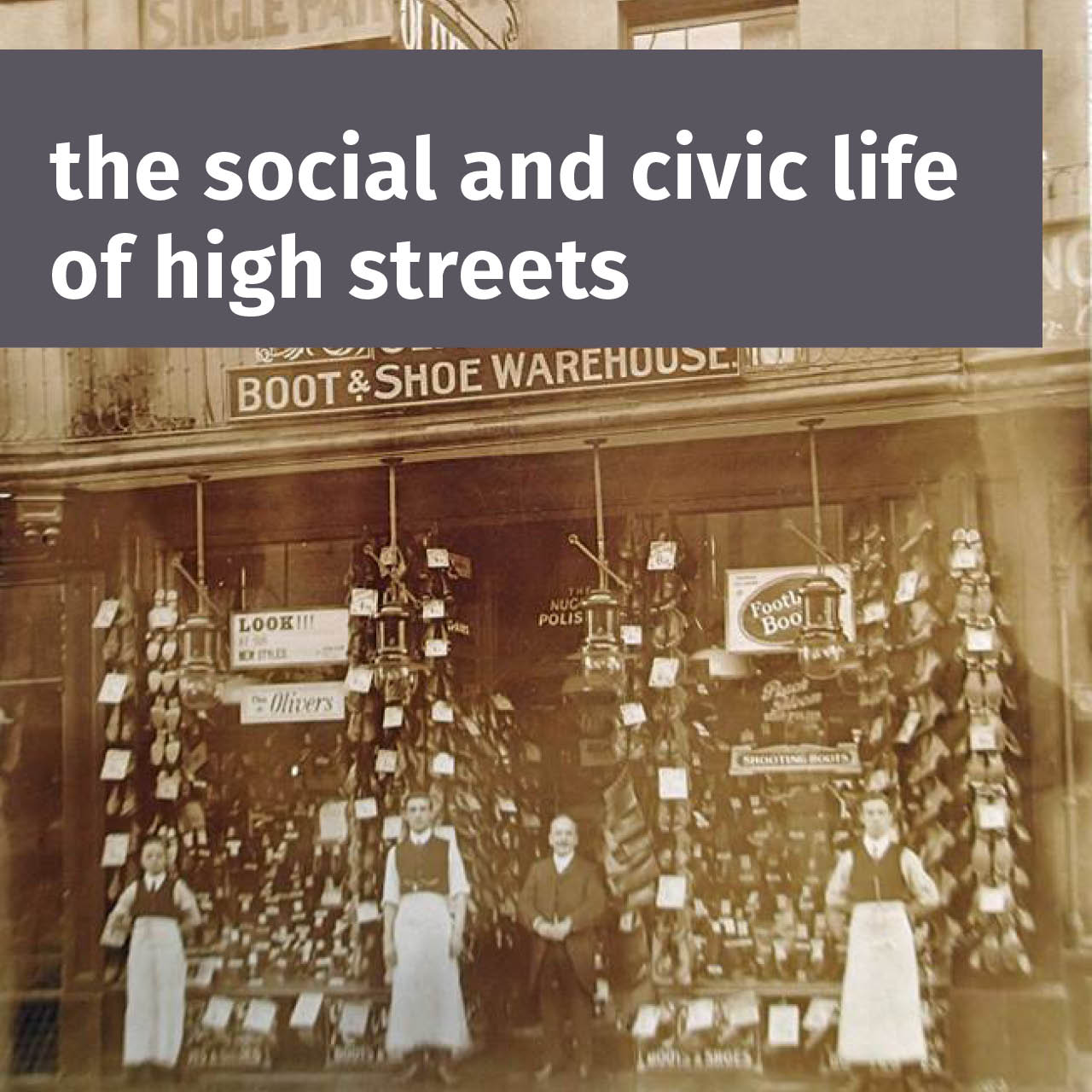
Our proposal for Brentwood Town Centre with Cottrell and Vermeulen Architects developed the client’s themes of; identity and character, resilience and sustainability and access and flow. We established how a civic axis might become the organising route for a series of public rooms or renewed public spaces. We also proposed evaluating movement related to town centre schools – to consider how to support healthy patterns of travel.
Incredible Edible Todmorden have developed a successful visitor experience based on a route around a network of community growing projects so that visitors can interact with the contemporary social ecology of the town. Stamford and Keswick both revived their market function with elegant and robust public realm improvements that set off the activity of the market and historic buildings.
Understanding how the history of a place can be an important foundation for public realm improvement. Landscape Projects Bath Pattern Book (2012) is based on careful archive research of the city’s history and careful observation of its character in use by Gehl Architects. The pattern book identifies different historic street typologies in section, describing their role in relation to building frontages, their differing scale from street to mews, their surface materials and edges, their below ground and surface service function and identifying room for adaptation – e.g. where tree planting could be introduced. The study also reviews where the city’s rich history can be evidenced and better interpreted, it also reviews the space for performance, the quality of existing lighting and public art legacy. The pattern book contains concept designs for seven streets and spaces. These show how; a common palette of materials would be applied to suit the specifics of each site, how businesses could occupy areas of street and where public art could be integrated and how street furniture, landscape and lighting would be located. The guide presents the designs as plans, three dimensional overviews and in day and night time illustrations. Precedents are also used to describe the design teams’ intentions.
… … …